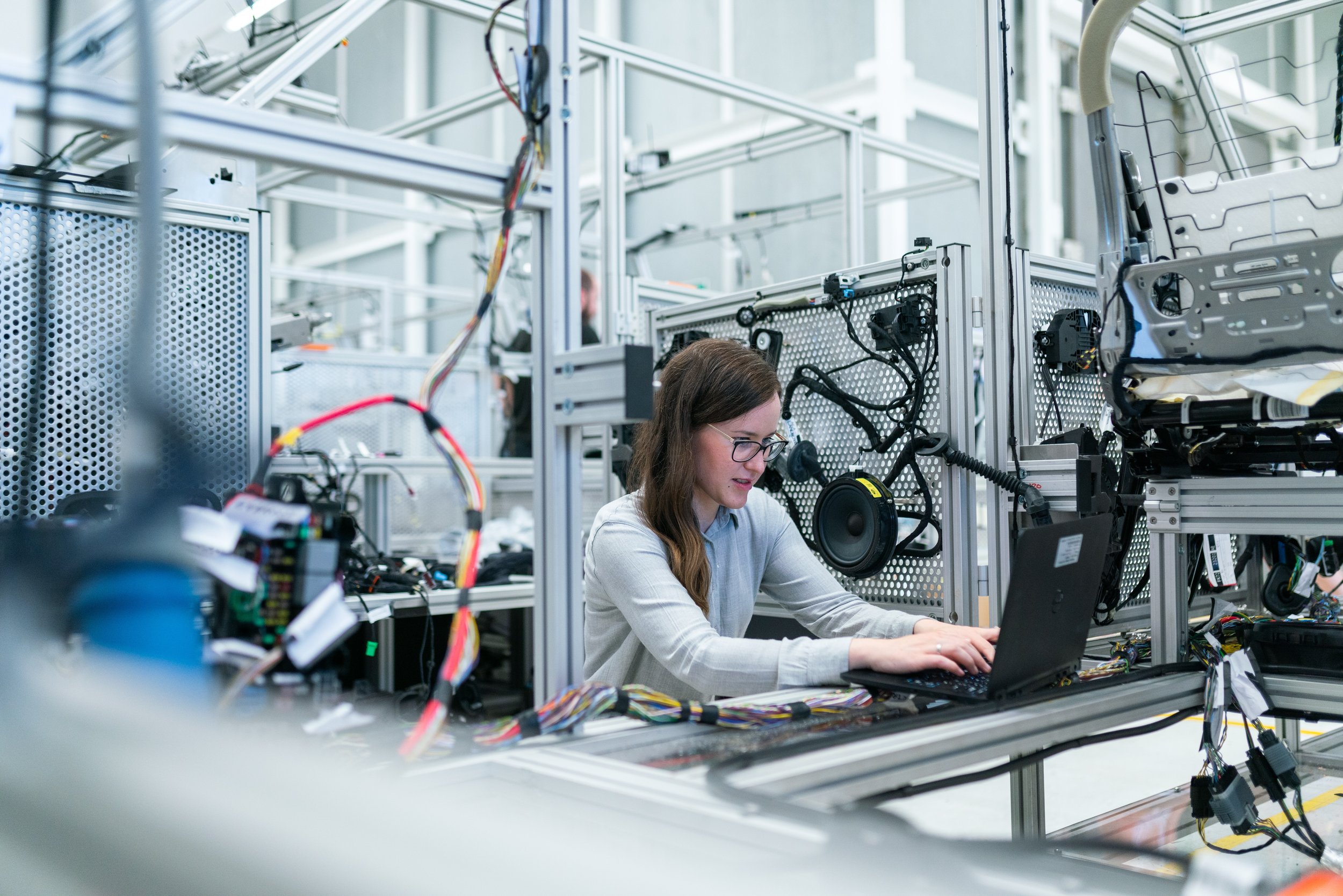Introduction
Have you ever worried about emerging technologies taking over human jobs? Well, this is a common concern that many people share. However, modern technology and the types of manufacturing automation are here to make the job of such employees easier, thereby promoting greater working standards. Let’s take a look into how it improves business viability.
What are the Kinds of Emerging Technologies in Business?
One of the most prominent technologies that we get to see in business today surrounds two sectors. While the first one involves improving the business intelligence aspect of workflows, the other improves upon the manufacturing technologies. Both business intelligence and manufacturing optimization are part of the Industrial Internet of Things or IIoT as we know it. These use technologies such as Artificial Intelligence, Machine Learning, and Big Data Analytics to create intelligent devices, wearables, and robotic machines to promote adaptive learning.
How do these technologies help in improving business operations?
Precision: Devices with the newest technologies bring much more to the table than outdated machinery. Take a look at Cam for Solidworks which can provide the most accurate designing capabilities. For those who know how even a minor deviation can affect the overall structure. Similarly in all manufacturing technologies, the growing level of automation is giving businesses the advantage of seamless workflows due to improved accuracy in the production of parts and tools.
Scalability: Modern technologies that use automation or semi-automation have speed on their side. This means a big deal for companies, especially small to medium-sized businesses. By fulfilling orders with precision and saving time due to the machinery, one can expand the scope of their business. This brings scalability to the table much before it would be possible by relying on manual labor for the greater part of the job. Mass manufacturing and bulk orders become an easy task with these technological marvels.
Quality control: When a manufacturing business or the analytical department relies on manual work to do the heavy lifting, it is subject to human error. This reduces the quality of work done, reducing the overall productivity. However, with AI and ML technologies, the quality control of each process is highly scrutinized, thereby delivering top-notch products and services every single time.
Safety: When it comes to working in hazardous industries, the majority of the organizations have begun employing wearables and robots to take up tasks that are too risky for human employees. This brings in a greater sense of safety, especially if the technologies are used in providing more on-site protection to the workers.
Standardized results: With high-quality deliverables and production, the company experiences a lowered amount of waste and rejects. This not only saves money and time but also improves the overall equipment efficiency of the manufacturing unit. In business intelligence, the reports and trends calculated are highly standardized, helping in cross-functional compassions.
Wrapping Up:
We hope that this article helped you gain a better understanding of how these technologies are a boon to traditional structures as well as workers. For more on the latest technologies, stay tuned!


